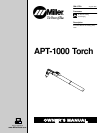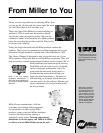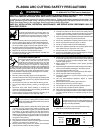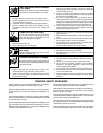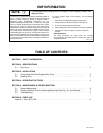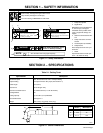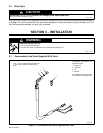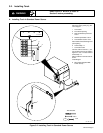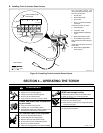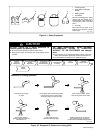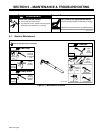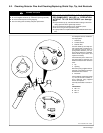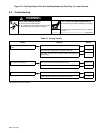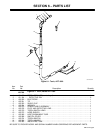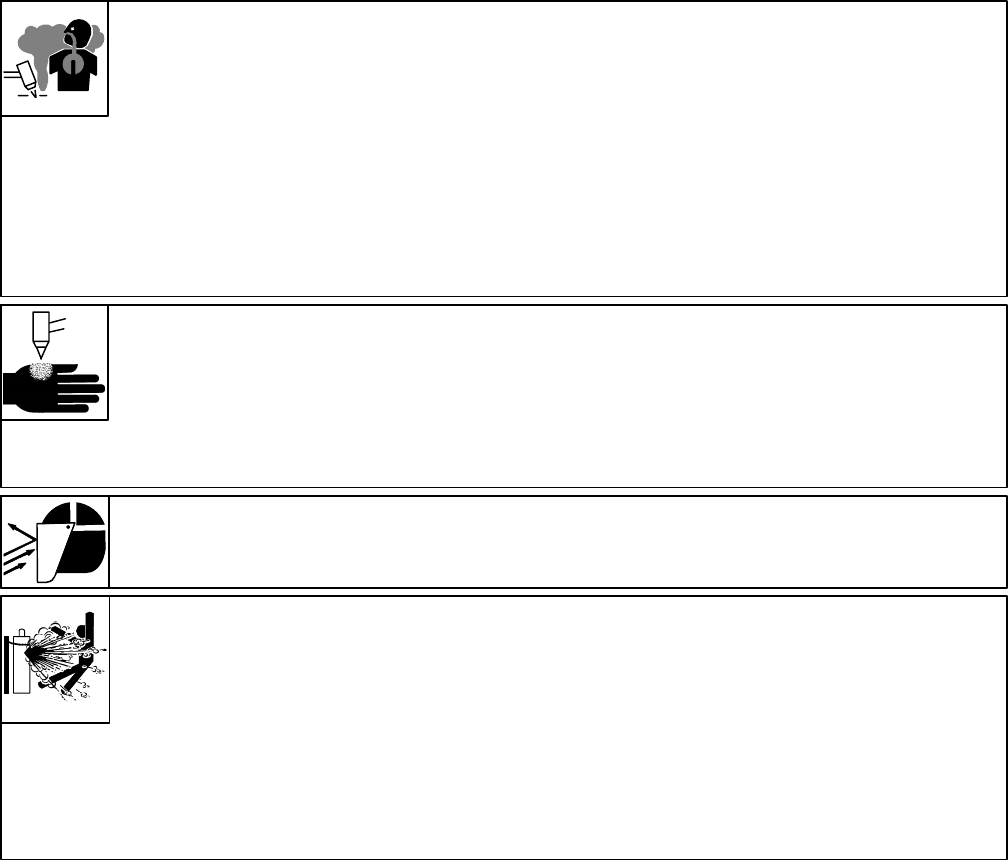
sr2 11/92
FUMES AND GASES can be hazardous
to your health.
Cutting produces fumes and gases. Breathing these
fumes and gases can be hazardous to your health.
1. Keep your head out of the fumes. Do not breathe the fumes.
2. If inside, ventilate the area and/or use exhaust at the arc to
remove cutting fumes and gases.
3. If ventilation is poor, use an approved air-supplied respirator.
4. Read the Material Safety Data Sheets (MSDSs) and the
manufacturer’s instruction for metals to be cut, coatings, and
cleaners.
5. Work in a confined space only if it is well ventilated, or while
wearing an air-supplied respirator. Fumes from cutting and
oxygen depletion can alter air quality causing injury or death. Be
sure the breathing air is safe.
6. Do not cut in locations near degreasing, cleaning, or spraying
operations. The heat and rays of the arc can react with vapors to
form highly toxic and irritating gases.
7. Do not cut on coated metals, such as galvanized, lead, or
cadmium plated steel, unless the coating is removed from the
cutting area, the area is well ventilated, and if necessary, while
wearing an air-supplied respirator. The coatings and any metals
containing these elements can give off toxic fumes when cut.
8. Do not cut containers with toxic or reactive materials inside or
containers that have held toxic or reactive materials – they must
be emptied and properly cleaned first.
PLASMA ARC can cause injury.
The heat from the plasma arc can cause serious
burns. The force of the arc adds greatly to the burn
hazard. The intensely hot and powerful arc can
quickly cut through gloves and tissue.
1. Keep away from the torch tip.
2. Do not grip material near the cutting path.
3. The pilot arc can cause burns – keep away from torch tip when
trigger is pressed.
4. Wear proper flame-retardant clothing covering all exposed body
areas.
5. Point torch away from your body and toward work when pressing
the torch trigger – pilot arc comes on immediately.
6. Turn off power source and disconnect input power before
disassembling torch or changing torch parts.
7. Use only torch(es) specified in the Owner’s Manual.
FLYING SPARKS AND HOT METAL can
cause injury.
Chipping and grinding cause flying metal. As welds
cool, they can throw off slag.
1. Wear approved face shield or safety goggles with side shields.
2. Wear proper body protection to protect skin.
3. Wear flame-resistant ear plugs or ear muffs to prevent sparks
from entering ears.
CYLINDERS can explode if damaged.
Gas cylinders contain gas under high pressure. If
damaged, a cylinder can explode. Since gas cylinders
are normally part of metalworking processes, be sure
to treat them carefully.
1. Protect compressed gas cylinders from excessive heat,
mechanical shocks, slag, open flame, sparks, and arcs.
2. Install and secure cylinders in an upright position by chaining
them to a stationary support or equipment cylinder rack to
prevent falling or tipping.
3. Keep cylinders away from any cutting or other electrical circuits.
4. Never allow electrical contact between a plasma arc torch and a
cylinder.
5. Never cut on a pressurized cylinder – explosion will result.
6. Use only correct gas cylinders, regulators, hoses, and fittings
designed for the specific application; maintain them and
associated parts in good condition.
7. Turn face away from valve outlet when opening cylinder valve.
8. Keep protective cap in place over valve except when cylinder is
in use or connected for use.
9. Read and follow instructions on compressed gas cylinders,
associated equipment, and CGA publication P-1 listed in Safety
Standards.
PRINCIPAL SAFETY STANDARDS
Safety in Welding and Cutting, ANSI Standard Z49.1, from American
Welding Society, 550 N.W. LeJeune Rd, Miami FL 33126
Safety and Health Standards, OSHA 29 CFR 1910, from Superinten-
dent of Documents, U.S. Government Printing Office, Washington, D.C.
20402.
Recommended Practices for Plasma Arc Cutting, American Welding
Society Standard AWS C5.2, from American Welding Society, 550 N.W.
LeJeune Rd, Miami, FL 33126
Recommended Safe Practices for the Preparation for Welding and Cut-
ting of Containers That Have Held Hazardous Substances, American
Welding Society Standard AWS F4.1, from American Welding Society,
550 N.W. LeJeune Rd, Miami, FL 33126
National Electrical Code, NFPA Standard 70, from National Fire Protec-
tion Association, Batterymarch Park, Quincy, MA 02269.
Safe Handling of Compressed Gases in Cylinders, CGA Pamphlet P-1,
from Compressed Gas Association, 1235 Jefferson Davis Highway,
Suite 501, Arlington, VA 22202.
Code for Safety in Welding and Cutting, CSA Standard W117.2, from
Canadian Standards Association, Standards Sales, 178 Rexdale Bou-
levard, Rexdale, Ontario, Canada M9W 1R3.
Safe Practices For Occupation And Educational Eye And Face Protec-
tion, ANSI Standard Z87.1, from American National Standards Institute,
1430 Broadway, New York, NY 10018.
Cutting And Welding Processes, NFPA Standard 51B, from National
Fire Protection Association, Batterymarch Park, Quincy, MA 02269.



